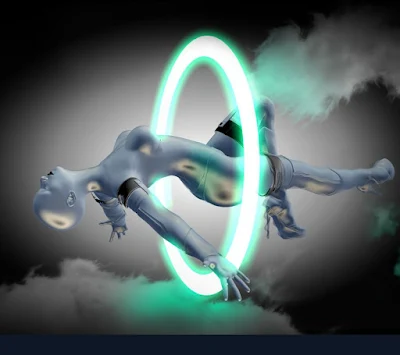Ever found yourself questioning the intentions of someone in your life, feeling like you’re dancing to their tune without knowing the steps? Welcome to the realm of manipulation, a subtle dance where the puppeteer seeks control without your awareness. In this exploration, we’ll uncover the intricacies of manipulative personalities, offering you a guide to recognize the signs and protect yourself from emotional marionetting.
Manipulation is a crafty game played by those who seek control at any cost. While it’s challenging to spot, understanding the tactics manipulators employ can be your shield against their covert maneuvers. Let’s delve into the 16 telltale signs that unmask manipulative personalities.
1. Guilt Tripping: Manipulators excel at making others feel guilty, skillfully wielding emotions tied to professional conscience, family bonds, friendship, or love.
2. Responsibility Shifting: They unload their responsibilities onto others or dismiss their duties, evading accountability for their actions.
3. Poor Communication: A manipulator avoids clear communication, leaving their requests, needs, feelings, or opinions shrouded in ambiguity.
4. Vague Responses: They often respond vaguely, leaving you with more questions than answers.
5. Inconsistent Behavior: Manipulators change their opinions, behaviors, or feelings based on the person or situation, keeping you on an emotional rollercoaster.
6. Logical Disguises: They cite logical reasons to mask their true intentions, creating a smoke screen around their requests.
7. Perfectionist Facade: Manipulators make others believe they must be perfect, unchanging, all-knowing, and instantly responsive.
8. Undermining Others: They cast doubt on the qualities, skills, and personalities of others, criticizing subtly, devaluing, and passing judgment.
9. Indirect Communication: Messages are relayed through intermediaries or other people, avoiding face-to-face or direct communication.
10. Creating Division: Manipulators sow suspicion and ill feelings, dividing and conquering to fracture relationships.
11. Playing the Victim: They skillfully play the victim card to gain sympathy, whether through exaggerated illness or portraying challenging circumstances.
12. Ignoring Responsibilities: Requests are ignored, even if they claim to be addressing them, leaving others to pick up the slack.
13. Exploiting Morality: They use moral principles of others, such as notions of humanity or charity, to fulfill their own needs.
14. Veiled Threats: Manipulators resort to veiled threats or outright blackmail to ensure compliance.
15. Avoiding Confrontation: They abruptly change topics, avoid discussions, or exit meetings to escape uncomfortable situations.
16. Self-Centeredness: Manipulators are inherently self-centered, prioritizing their needs without considering the rights, needs, or desires of others.
Recognizing manipulation is the first step toward breaking free from its subtle grip. By understanding these tactics, you empower yourself to maintain control over your emotions and decisions.
Consider a scenario where someone close constantly shifts blame or avoids direct communication. Unraveling the mystery behind their actions can be liberating and pave the way for healthier relationships.
The implications of dealing with a manipulative personality are vast, affecting mental well-being, relationships, and overall happiness. Speculating on the potential impact can motivate readers to stay vigilant.
In the intricate dance of life, manipulation may attempt to lead the way, but armed with knowledge, you can break free from its grasp. Understanding the signs allows you to reclaim control, fostering healthier connections and protecting your emotional well-being.
As you navigate the intricacies of relationships, remember that recognizing manipulation is not a sign of weakness but a testament to your emotional intelligence. Stay vigilant, stay empowered, and dance to the rhythm of authenticity. Thank you for joining us on this journey of unmasking manipulation.

















